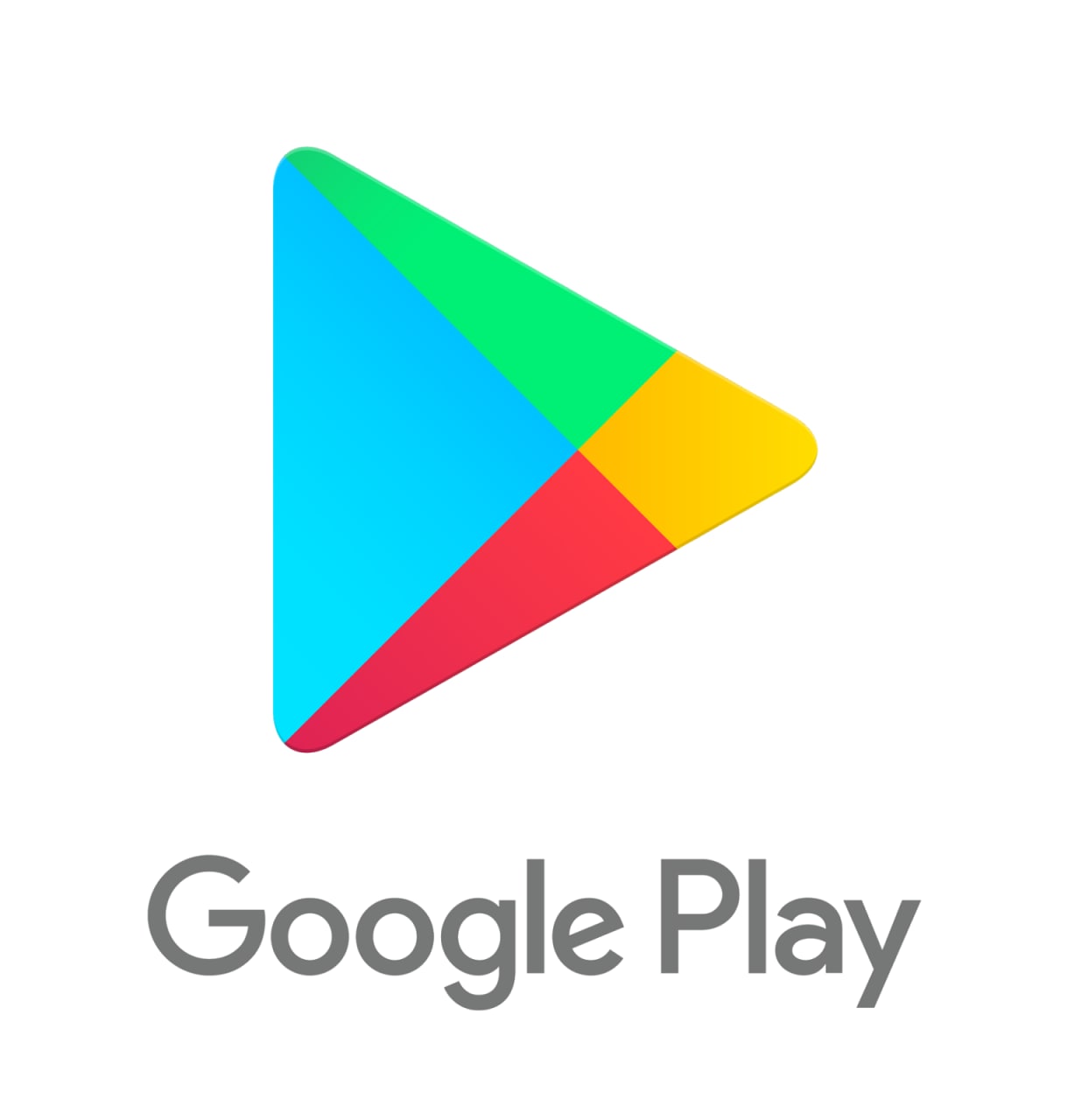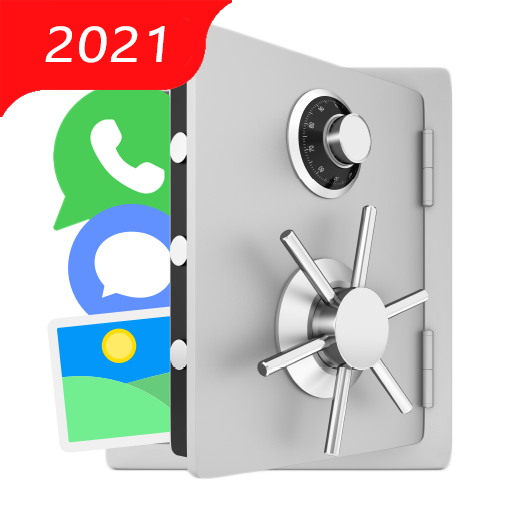Link to Windows
About this app
In this comprehensive review, we'll delve into the Link to Windows app, exploring its features, setup process, functionality, benefits, potential drawbacks, and troubleshooting tips.
For those seeking a seamless solution for connecting their devices, accessing notifications and messages, screen mirroring, and file transfer, the Link to Windows app offers a promising array of capabilities.
We'll also examine how this app can enhance productivity, multitasking, and communication, while addressing potential issues and providing valuable insights on its overall worth.
Whether you're curious about its potential or seeking solutions to common problems, this review aims to provide a thorough and insightful analysis.
What is the Link to Windows App?
The Link to Windows App, developed by Microsoft, is a software application designed to seamlessly connect Windows operating systems with mobile devices, offering a range of features and functionality to enhance user experience.
It allows users to receive and manage phone notifications directly from their Windows PC, access photos and messages, and even make calls. The user-friendly interface makes it easy to navigate and set up, creating a smooth and convenient experience. Compatibility with various mobile devices and Windows versions ensures a wide user base. The installation process is straightforward and requires minimal effort, with step-by-step guidance provided. Feedback from users has been overwhelmingly positive, praising the app for its reliability and seamless integration between devices.
How to Set Up the Link to Windows App?
Setting up the Link to Windows App involves a straightforward installation process, tailored for both mobile and desktop devices, ensuring a user-friendly interface and seamless integration with the Windows operating system.
Once you have your compatible device ready, begin by navigating to the Microsoft Store on your mobile phone or the Microsoft Store app on your Windows 10 PC. Search for 'Link to Windows' and click on the app. Select the 'Install' option to initiate the download and installation process.
After the installation is complete, open the app, and follow the on-screen prompts to connect your device to your Windows PC using a USB cable or Wi-Fi. Enjoy the seamless integration and convenient functionality of Link to Windows, allowing you to access your phone's notifications, messages, and photos directly on your Windows device.
What are the Features of the Link to Windows App?
The Link to Windows App offers a diverse range of features, including seamless device connection, access to notifications and messages, screen mirroring capabilities, and effortless file transfer functionalities, all contributing to an enhanced user experience.
Seamless Device Connection
The seamless device connection feature of the Link to Windows App ensures smooth connectivity and synchronization between Windows operating systems and mobile devices, supported by reliable integration and technical support.
This integration allows for effortless file sharing, access to notifications, and the ability to mirror the phone's screen on the desktop. The technical support provided by the Link to Windows App ensures that users have a reliable system to troubleshoot any connectivity issues and maximize the potential of seamless device connection.
With continuous updates and enhancements, the app offers a robust support system, making it easier for users to seamlessly connect and sync their devices without encountering technical hurdles.
Access to Notifications and Messages
The Link to Windows App provides seamless access to notifications and messages, integrating with the user's ecosystem for enhanced communication and improved functionality, while ensuring compatibility across various devices.
This integration allows users to conveniently view and respond to notifications and messages from their Android phone directly on their Windows 10 PC. By bridging the gap between devices, the app optimizes the user experience, enabling fluid communication without disruptions. This seamless integration ensures that users can stay updated and connected across their entire technological environment, thereby streamlining their digital interactions and increasing overall productivity.
Screen Mirroring
The screen mirroring feature of the Link to Windows App enables seamless content sharing and display replication, ensuring compatibility, intuitive user interface, and reliable performance across connected devices.
This functionality allows users to effortlessly mirror their smartphone or tablet screens onto a Windows PC, providing a convenient way to view and interact with their mobile applications, presentations, and media on a larger display. The user-friendly interface streamlines the connection process, offering a hassle-free experience for initiating and managing the screen mirroring session. The performance aspect ensures smooth and low-latency mirroring, delivering a responsive and immersive viewing experience for the users.
File Transfer
The Link to Windows App facilitates efficient file transfer between devices, ensuring seamless integration, enhanced user experience, and robust functionality across a range of compatible systems.
It offers a hassle-free way to transfer files, such as documents, photos, and videos, between a Windows PC and a Samsung mobile device. With its intuitive interface, users can easily navigate and select the files they want to transfer, creating a smooth and convenient process. The seamless cross-device compatibility allows for quick and secure transfers, eliminating the need for external storage devices or complicated setups. This means users can access and transfer their files with ease, improving overall productivity and convenience for individuals and businesses alike.
How Does the Link to Windows App Work?
The Link to Windows App operates through a user-friendly interface, leveraging advanced functionality to ensure seamless performance and compatibility across connected devices within the Windows ecosystem.
This innovative app simplifies the process of connecting and interacting with various Windows devices, offering a streamlined experience for users. Its intuitive design allows for effortless navigation, making it accessible to individuals with varying technical expertise. Its robust performance attributes enable swift data transfer, multitasking, and seamless synchronization.
The app's versatility extends to a wide range of devices, including smartphones, tablets, and PCs, providing a cohesive and efficient environment for users to manage their digital activities.
What are the Benefits of Using the Link to Windows App?
Using the Link to Windows App yields a multitude of benefits, including increased productivity, enhanced multitasking capabilities, and improved communication, supported by advanced functionality, seamless performance, and a user-friendly interface.
Increased Productivity
The Link to Windows App significantly enhances user productivity by streamlining device connectivity, data transfer, and seamless communication, ultimately optimizing the overall user experience within the Windows ecosystem.
Users are empowered to seamlessly transfer files, access notifications, and send and receive text messages directly from their Windows PC, fostering an efficient and interconnected environment. The app's ability to mirror the phone screen onto the computer screen allows for multitasking and easy management of phone activities while working on the PC.
This comprehensive integration of devices not only saves time but also creates a unified workspace, improving productivity and user satisfaction.
Enhanced Multitasking
The Link to Windows App empowers users with enhanced multitasking capabilities, ensuring seamless compatibility, optimized performance, and integrated functionality across connected devices, leading to a more efficient workflow.
This app allows users to seamlessly switch between their smartphone and Windows PC, enabling them to respond to messages, take calls, and access mobile applications directly from their computer. By leveraging the app’s performance optimization, users can effortlessly juggle multiple tasks without compromising speed or responsiveness. The seamless device integration offered by the Link to Windows App not only enhances productivity but also streamlines the user experience, making multitasking a breeze in today's fast-paced digital environment.
Improved Communication
The Link to Windows App fosters improved communication through seamless connectivity, synchronization of notifications, and streamlined data sharing, enriching the user experience and facilitating efficient interaction across devices.
It enables users to effortlessly access their mobile applications and notifications on a Windows PC, promoting a cohesive digital environment. The app's interface provides a user-friendly platform for managing text messages, calls, and other notifications from the smartphone directly on the computer screen, ensuring a smooth and uninterrupted flow of communication.
By integrating the devices, users can seamlessly transfer files, photos, and documents, bridging the gap between mobile and desktop environments for enhanced productivity and convenience.
Are There Any Drawbacks to the Link to Windows App?
While the Link to Windows App offers numerous advantages, some users have reported minor drawbacks related to compatibility issues and user feedback, which warrant attention and consideration.
For instance, certain Android devices may encounter challenges in establishing a stable connection with the Link to Windows App, leading to interruptions in seamless functionality. User feedback has highlighted occasional instances of lag or latency during file transfers and notifications synchronization. These findings underscore the significance of addressing compatibility concerns to ensure a smooth and reliable user experience.
While the app showcases impressive capabilities, acknowledging and remedying these drawbacks will be crucial for enhancing its overall usability and appeal.
How to Troubleshoot Common Issues with the Link to Windows App?
Troubleshooting common issues with the Link to Windows App involves addressing connection issues, notification syncing problems, and file transfer errors, providing step-by-step solutions to enhance user experience and app performance.
- When encountering connection issues, ensure that both the mobile device and the computer are connected to the same Wi-Fi network and that the Link to Windows feature is enabled on the mobile device.
- For notification syncing problems, check that the app has the necessary permissions to access notifications.
- For file transfer errors, try restarting both the mobile device and the computer, and ensure that the file formats are supported by the app.
Following these steps can help resolve these common issues and optimize the functionality of the Link to Windows App.
Connection Issues
Common connection issues with the Link to Windows App can be effectively resolved through troubleshooting steps, technical support, and system optimization for seamless device connectivity and data transfer.
When encountering connection issues, one practical step is to ensure that both the mobile device and the computer are running the latest version of the Link to Windows App. Verifying that the Bluetooth and Wi-Fi connections are stable can aid in troubleshooting. If problems persist, accessing support resources such as online forums or contacting technical assistance from the app developer can provide tailored solutions. Optimizing device settings and clearing cache memory can enhance the overall functionality of the Link to Windows App for uninterrupted usage.
Notification Syncing Problems
Addressing notification syncing problems in the Link to Windows App requires troubleshooting techniques, integration adjustments, and system-level optimizations to ensure a seamless and efficient user experience across devices.
By adjusting the integration settings between your devices and ensuring that both the Windows app and the connected smartphone are running the latest versions, you can potentially resolve notification syncing issues. Consider optimizing system-level settings such as notification access permissions and background app refresh to enhance the synchronization process. This comprehensive approach can lead to a more seamless and reliable notification experience within the Link to Windows App.
File Transfer Errors
Resolving file transfer errors within the Link to Windows App involves troubleshooting methods focused on integration adjustments, functionality optimization, and seamless data transfer, ensuring a smooth and reliable file sharing experience.
These troubleshooting approaches address common issues such as incompatible file formats, network connectivity problems, and software conflicts, ensuring that the app functions optimally.
Integration adjustments may involve checking for updates, ensuring compatibility with the connected devices, and ensuring proper permissions. Functionality optimization includes optimizing network settings, clearing cache, restarting the app, and ensuring adequate storage space.
Seamless data transfer techniques emphasize using stable connections, selecting suitable transfer methods, and confirming the recipient device's readiness. By addressing these factors, users can resolve file transfer errors effectively and enhance the overall performance of the Link to Windows App.
Is the Link to Windows App Worth Using?
Assessing the worth of the Link to Windows App involves a consideration of user feedback, comparative ratings, and the overall user experience, providing a comprehensive evaluation of its utility and performance.
User feedback plays a pivotal role in understanding the real-world performance and value of the Link to Windows App. By analyzing the comments, suggestions, and complaints from users, developers can gain insights into the app's strengths and areas for improvement. Comparative ratings against similar apps in the market can provide a benchmark for assessing its competitive standing and overall quality.
Comparing the user experience with alternatives offers valuable perspective on its usability, reliability, and features, contributing to a holistic assessment of its worth."
Related Apps
-
Download ManagerGETTools and Productivity
-
Google Play Store APKGETTools and Productivity
-
Google Chrome: Fast & SecureGETTools and Productivity
-
Yandex StartGETTools and Productivity
-
Google SheetsGETTools and Productivity



















